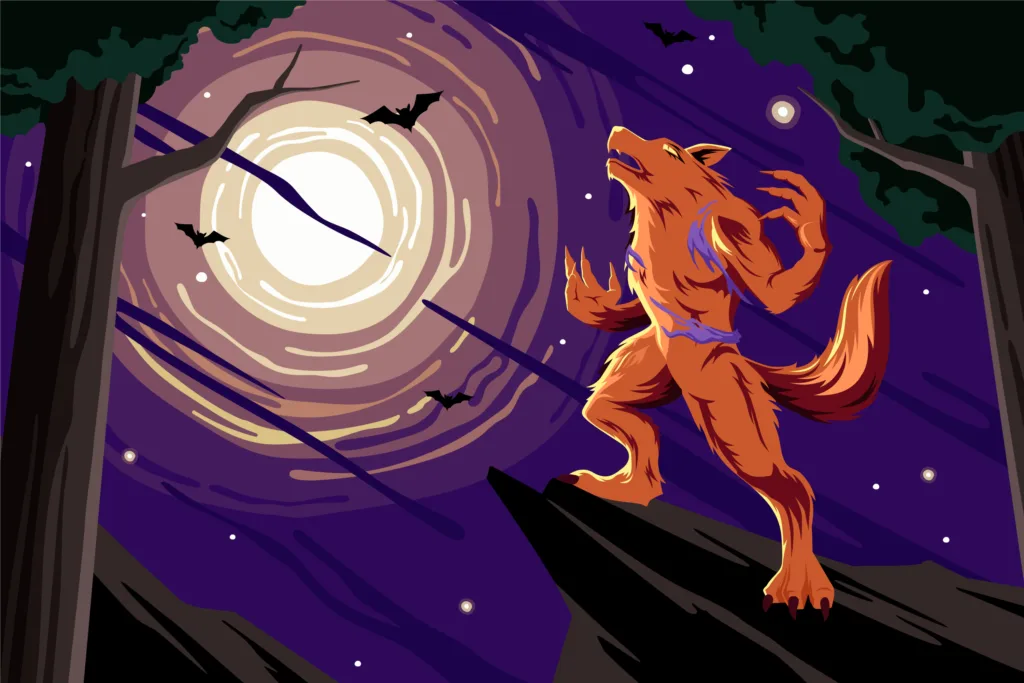When it comes to the animal kingdom, few creatures are as captivating as the fox. Known for their cunning nature and striking appearance, foxes have also piqued our interest with their vocalizations. Have you ever wondered, “What does a fox sound like?” In this article, we’ll delve into the world of fox vocalizations, exploring the various sounds they make and the meanings behind them.
Table of Contents
Introduction
As the sun dips below the horizon, a new world awakens. This is the realm of the fox, a creature that not only moves with grace but also delight the night with its unique vocal expressions. The fox’s voice weaves through the darkness, casting a spell of curiosity and intrigue over anyone who listens.
The Fox’s Vocal Repertoire: A Melodic Language
Foxes have a variety of vocalizations, all of which are carefully crafted to convey different messages. They can make a variety of vocalizations, such as barks, howls, screams, whines, and even musical chirps. Each sound is a communication tool that helps them negotiate their complex social environments and environments.

The Eerie Bark: Foxes’ Common Communicative Tool
Foxes are famously recognized for their high-pitched, sharp barks. These barks are often used to establish territory and warn other foxes of their presence. It can signify various emotions such as surprise, warning, or even excitement. This sound often greets the night and echoes through the trees, establishing the fox’s presence in its territory.
Love on the Air: Foxes’ Mating Calls and Rituals
During the mating season, the forest becomes a concert hall for the foxes. Their captivating calls fill the air as males and females engage in an intricate dance of courtship. These alluring sounds help potential mates locate each other and establish a vital connection.
Scream of the Vixens in night
Among the most haunting sounds of the animal kingdom is the vixen’s scream. This spine-tingling wail often heard during the night is believed to serve as a means of communication between foxes, possibly indicating the presence of a female in heat.
Giggles and Whispers: Playful Exchanges Among Foxes
Foxes aren’t quiet and serious all the time. They also have their playful moments. During friendly interactions between foxes, especially young ones having carefree romps, their high-pitched giggles and whined are frequently heard.
Moonlit Howls: Foxes and Their Territorial Discourse
When the moon graces the sky, foxes raise their voices in a haunting chorus of howls. These vocalizations serve the important purpose of marking territory, warning neighboring foxes, and maintaining the fragile balance of their ecosystem.
Parental Talks: Fox Communication with Their Kits
Fox parents communicate tenderly with their kits using soft whines and purrs. These gentle sounds provide comfort, guidance, and lessons that help the young foxes develop the skills necessary for survival in the wild.
The Silent Hunter: Foxes’ Stealthy Pursuits
While foxes are known for their vocal prowess, they are equally skilled in the art of silence. Their ability to move without making a sound is a key asset during hunting expeditions, ensuring they can approach their prey undetected.
The Fascination with “What Does a Fox Sound Like?” Exploring Cultural and Scientific Aspects
Cultural Echoes: Symbolism of Fox Vocalizations
Throughout history, foxes have held a significant place in human culture and imagination. Their calls, often heard in the night, have been associated with a variety of symbolic meanings, ranging from cunning and trickery to adaptability and wisdom.
Scientific Soundscapes: Decoding Fox Calls
Scientific inquiry has brought us closer to understanding the intricate world of fox vocalizations. Researchers have used advanced recording and analysis techniques to decode the messages hidden within these calls, revealing insights into fox behavior and society.
Myths, Magic, and Foxes: Folklore and Reality
Foxes have woven themselves into the tapestry of myths and legends across cultures. They have been portrayed as shape-shifters, tricksters, and wise beings, reflecting the fascinating duality of their nature as both cunning predators and enchanting creatures.

From Forest to Film: Foxes in Popular Culture
The attraction of foxes extends beyond the woods and into the realms of art, literature, and cinema. From classic fables to modern animated films, foxes continue to captivate audiences with their mystique and charm.
Harmony in Coexistence: Sharing Spaces with Foxes
As urban spaces expand, humans and foxes increasingly find themselves sharing habitats. Understanding fox behavior and vocalizations can foster a harmonious relationship that allows both species to co-exist side by side.
Conclusion
In the stillness of the night, the voices of foxes create a mesmerizing symphony. From the eerie screams to the playful giggles, their vocalizations paint a vivid picture of their lives. These sounds serve as a reminder that the wilderness is alive with mysteries waiting to be unraveled.
FAQs
- Do all fox species sound the same?
- No, different fox species have variations in their vocalizations, but they generally share some common calls like barks and howls.
- Why do foxes make loud screams at night?
- Foxes, particularly females, make loud screams to attract mates during their breeding season.
- Are fox vocalizations a form of defense?
- While foxes can use vocalizations to deter potential threats, their sounds primarily serve communication purposes among themselves.
- Can foxes mimic other animals’ sounds?
- Foxes are known for their ability to mimic other animals, which can help them confuse predators or catch prey.
- Are foxes more vocal at certain times of the year?
- Yes, foxes tend to be more vocal during their mating season, which is usually in late winter or early spring.

